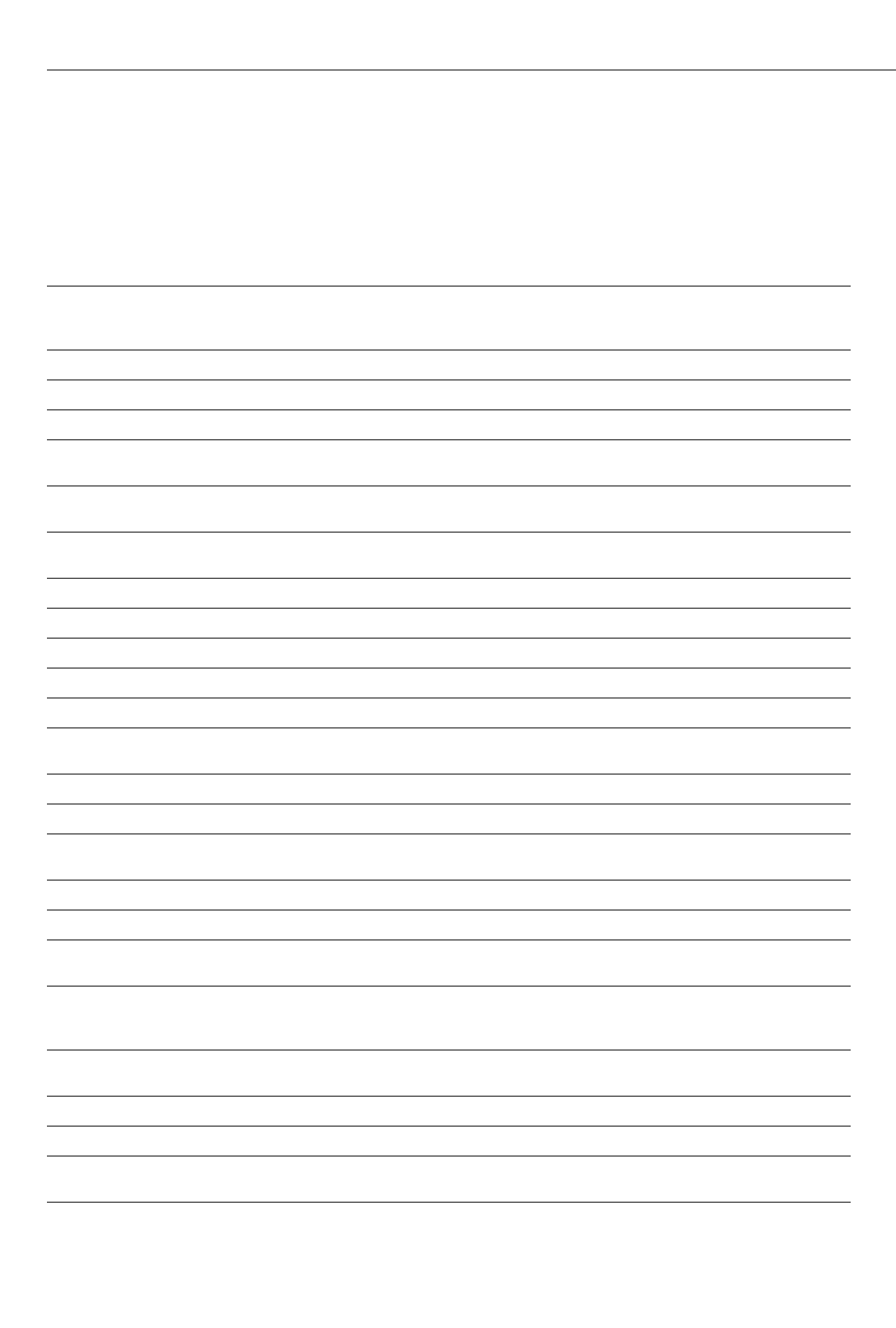
13
TTrroouubblleesshhoooottiinngg
Following are some typical problems that can occur when making bread in your breadmaker. Please review the
problems, their possible causes and the corrective action that should be taken to ensure successful results.
PPOOSSSSIIBBLLEE CCAAUUSSEE SSOOLLUUTTIIOONN
LLooaaff ssiizzee aanndd sshhaappee
Short loaves. On average, dinner size loaves will be between 75-100mm (3-4 inches) high
Wheat breads will be shorter than white breads Normal situation, no solution
due to less gluten forming protein in whole
wheat flour.
Not enough liquid Increase liquid by 1 to 2 teaspoons
Sugar omitted or not enough added Assemble ingredients as listed in recipe
Wrong type of flour used Do not use plain flour
Not enough yeast used or too old Measure amount recommended and check ‘best
before’ date on packet
Wrong type of yeast used Use correct type of yeast, fast rising or bread machine
yeast. Do not use an active dry yeast
Flat loaves, no rising
Yeast omitted Assemble ingredients as listed in recipe
Yeast too old Check ‘best before’ date
Liquid too hot Use lukewarm liquids*, 35-40°C (95-105ºF)
Too much salt added Use amount recommended
Sugar or other sweetener omitted Assemble ingredients as listed in recipe
Top and sides cave in
Too much liquid Reduce liquid by 1 to 2 teaspoons
Too much yeast Use amount recommended in recipe
Gnarly, knotted top, not smooth
Not enough liquid Increase liquid by 1 to 2 teaspoons
Too much flour Measure flour accurately, levelling off measuring cup
Collapsed while baking
May be caused from baking in high altitude Make recommended adjustment for high altitude
baking by reducing yeast by
1
/
4
teaspoon and reducing
liquid by 1 to 2 teaspoons
Exceeding capacity of bread pan Do not use more ingredients than recommended for
dinner sized loaf
Not enough salt used or omitted Use amount of salt recommended in recipe
Too much yeast Measure yeast accurately
Warm, humid weather Reduce liquid by 1 to 2 teaspoons and reduce yeast by
1
/
4
to
1
/
2
teaspoon
* Do not use water above 45ºC (113ºF) as this could kill the yeast and prevent rise.


















